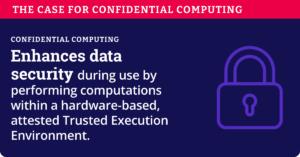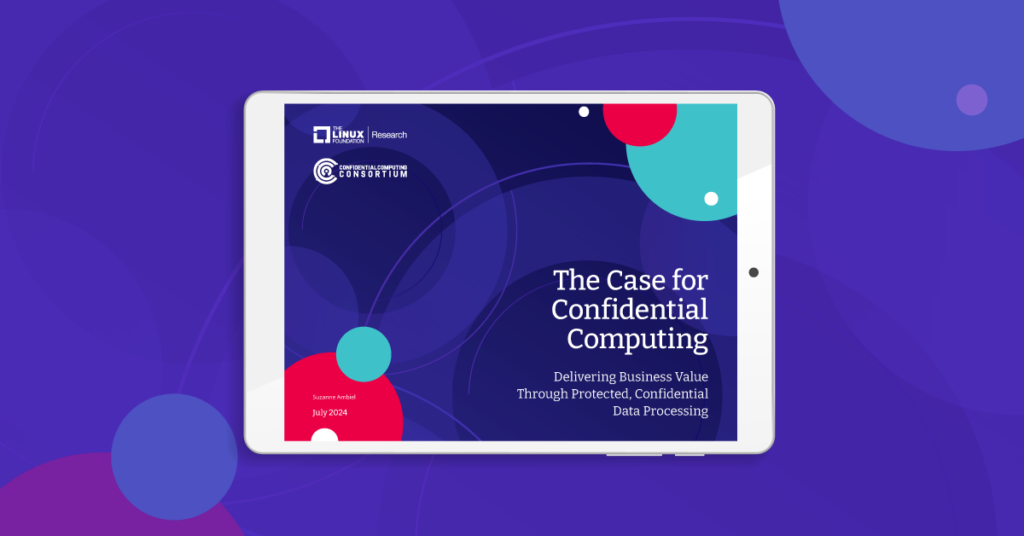At the heart of cybersecurity, the CIA triad is a model designed to guide policies for information security within an organization. It consists of three fundamental principles:
Confidentiality: Ensures that sensitive information is accessed only by authorized parties and is protected against unauthorized access. Techniques such as data encryption, secure authentication, and access controls are employed to maintain confidentiality.
Integrity: Guarantees that information is reliable and accurate, safeguarding it from unauthorized modification. Integrity is upheld through mechanisms like checksums, cryptographic hashes, and digital signatures, ensuring that data remains unaltered from its original state unless modified by authorized entities.
Availability: Ensures that information and resources are available to authorized users when needed. This involves protecting against attacks that disrupt access to resources, such as DDoS attacks, and implementing disaster recovery plans to maintain service continuity.
Confidential Computing (CC) enhances the traditional CIA triad by focusing on protecting data in use—complementing existing measures that protect data at rest and in transit. By leveraging hardware-based security mechanisms such as Trusted Execution Environments (TEEs), CC enables sensitive data to be processed in isolated environments, thus offering a unique opportunity to reexamine and reinforce the principles of the CIA triad in modern computing scenarios.
Aligning with the CIA Triad
Confidentiality in Confidential Computing: The essence of Confidential Computing lies in its ability to ensure that data being processed remains confidential, even in shared or cloud environments. Through technologies like Intel SGX and TDX, AMD SEV-SNP, and ARM CCA provide hardware-based, attested Trusted Execution Environments (TEEs) which protect from unauthorized access, including operators of cloud services.
Integrity in Confidential Computing: CC technologies also play a crucial role in ensuring the integrity of data and code execution. Confidential Computing allows for the verification of software and data integrity before execution, ensuring that only authorized code runs within TEEs. This is instrumental in preventing unauthorized modifications and ensuring that computations are performed accurately.
Availability in Confidential Computing: While confidentiality and integrity are the primary focus of Confidential Computing, it also contributes to availability by enhancing the overall security posture. By mitigating the risk of data breaches and ensuring the integrity of computing processes, CC supports the uninterrupted availability of services, fostering trust and reliability in digital ecosystems.
Confidential Computing: A Journey Through the CIA Triad
Confidential Computing (CC) stands as a pivotal advancement in the realm of cybersecurity, offering robust mechanisms to protect data in use and reinforcing the principles of the CIA triad—Confidentiality, Integrity, and Availability—in novel and powerful ways. There are several key takeaways emerge:
Confidential Computing enhances the traditional CIA triad by introducing protections for data in use, alongside existing measures for data at rest and in transit. The evolution of CC technologies demonstrates a concerted effort to address the complexities of modern computing environments, ensuring that sensitive data can be processed securely and reliably.
Integrity and confidentiality are paramount in CC, with innovations providing mechanisms for verifying the authenticity and safeguarding the privacy of data during processing.
Availability, while indirectly impacted by CC, benefits from the improved security posture that CC technologies bring to digital infrastructures, supporting the reliability and accessibility of services.
As the landscape of digital threats continues to evolve, so too will the technologies and strategies employed to counter them. Confidential Computing represents a forward-thinking approach to cybersecurity, promising to play a crucial role in safeguarding the future of digital information processing.
Further Reading and Resources
To further explore the concepts and technologies discussed, the following resources serve as a starting point for those seeking to deepen their understanding of Confidential Computing and its significance in today’s cybersecurity landscape. By engaging with these materials, you’ll gain a more nuanced appreciation of the challenges and opportunities that Confidential Computing presents:
1. The Confidential Computing Consortium: An initiative by the Linux Foundation, this consortium brings together industry leaders to collaborate on open-source projects and standards for Confidential Computing.
2. NIST on Confidential Computing: The National Institute of Standards and Technology (NIST) provides resources and publications that address the technical aspects and standards related to Confidential Computing.


